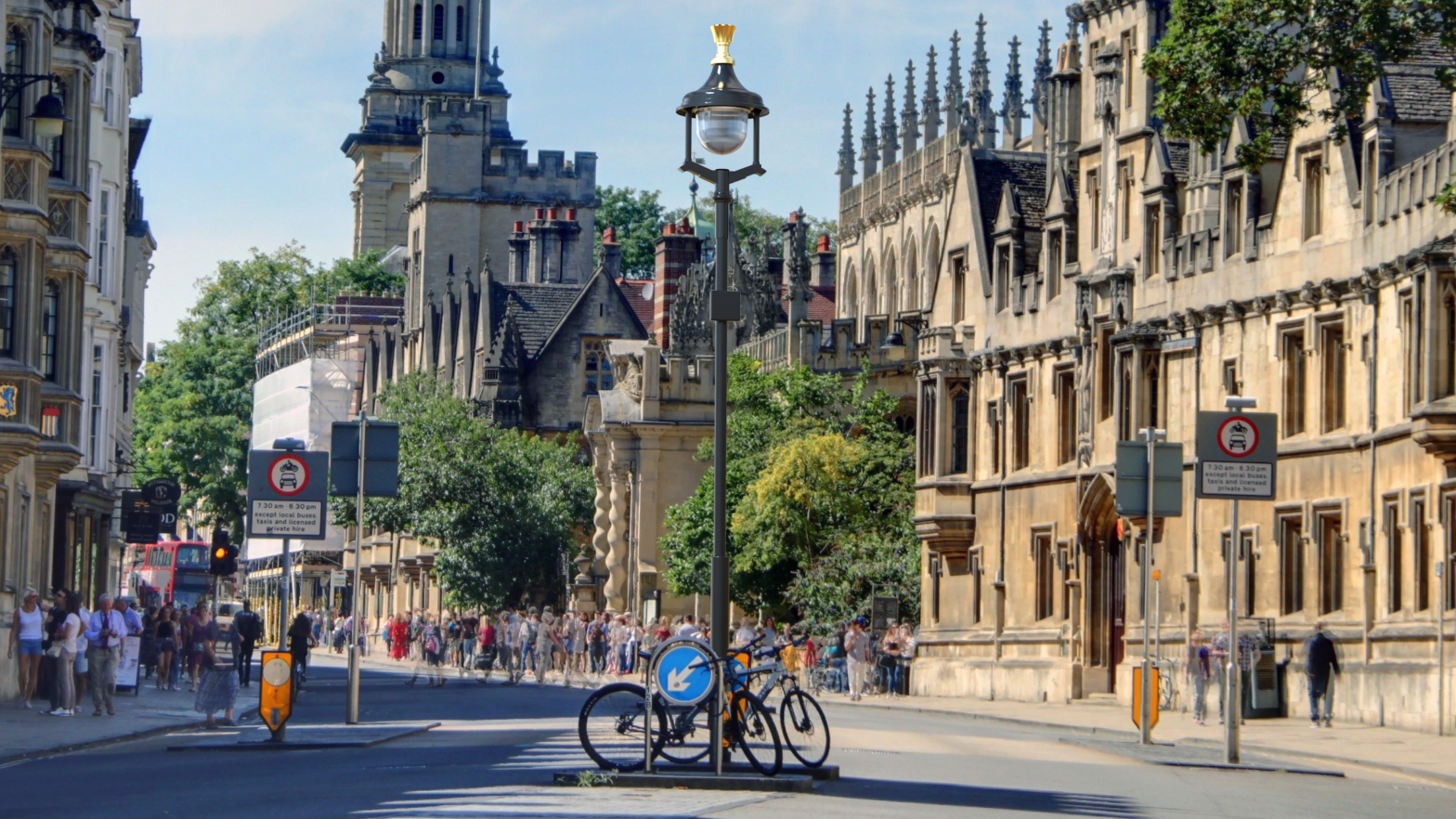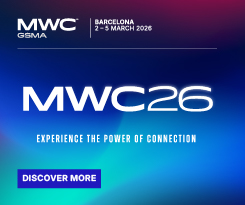
Oxford turns streetlights into connectivity hubs
02 May 2025
by Jonathan Andrews
Oxford has become the first UK city to roll out a new wireless infrastructure model that turns existing street lighting into multi-operator connectivity hubs.
The project, led by BrightSites by Signify in partnership with Cornerstone and Dense Air, aims to support 4G, 5G, and IoT connectivity using already-installed assets, with minimal visual or physical disruption.
Speaking to Cities Today, Khalid Aziz, SVP and Managing Director of BrightSites by Signify, said the platform is designed to fit into cities’ existing digital ecosystems.

“BrightSites is Layer 2 agnostic and integrates with any IEEE [Institute of Electrical and Electronics Engineers]-compliant data layer,” he explained. “It’s compatible with the existing application environment, just like a device connecting to a regular Ethernet layer.”
The platform’s interoperability means cities can integrate it alongside fibre networks, sensors, and IoT platforms using the same IT management procedures they already have in place. From a governance perspective, this allows public sector teams to maintain continuity in how they monitor, secure, and operate the network.
Technically, retrofitting legacy lighting infrastructure presents known challenges–particularly in adapting existing power line control circuits and managing new network operations.
“These are all addressable,” said Aziz. “We’ve integrated power conversion into our solutions, and operational support can be provided by Signify or our partners.”
The business model involves capital expenditure, but one that Aziz says offers future flexibility.
“This allows cities to monetise their infrastructure by making it available for internal and external customers,” he said. “It’s similar to how cities manage their fibre networks–except now each light point is immediately service-ready.”
Martin Reeves, Chief Executive of Oxfordshire County Council, commented: “These new small cells offer an excellent connectivity solution, and it’s exciting to see a sustainable option that works in both urban and rural areas. Enhanced digital infrastructure supports the council’s strategic objectives by providing environmental, economic, and social benefits.”
Future deployments are expected to be shaped by local digital strategies and specific use cases, with plans to expand to additional UK cities over the course of 2025.
Main image: BrightSites/Cornerstone









